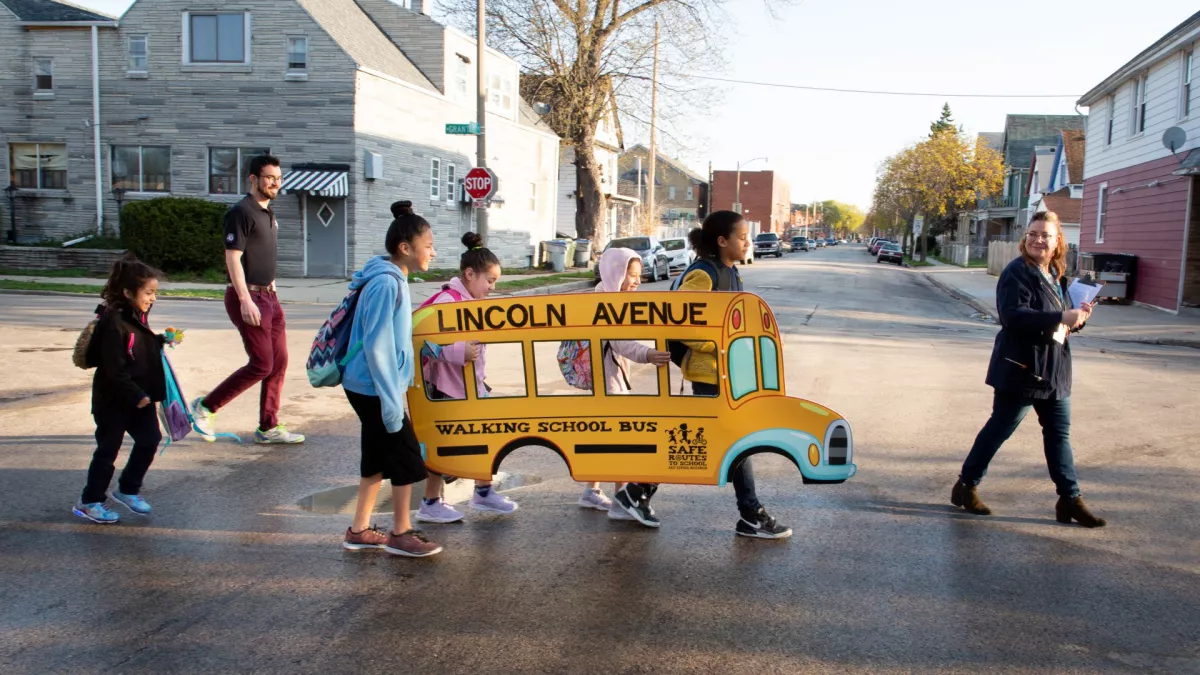
Meeting the needs of students with Community Schools
Community Schools transform traditional public schools into neighborhood hubs that mobilize students, staff, families and community members to reimagine education and co-construct a shared vision for their school and community.
Community Schools are developed with the understanding that every community is different. Recognizing that education is a shared responsibility, Community Schools ensure families, students, and community members have a say in deciding what will work best for student success.
Because learning never happens in isolation, community schools focus on what students in the community truly need to succeed—whether it’s services and supports like free healthy meals, health care, and tutoring, or systemic changes like shifts in school culture, policies, and approaches to teaching and learning.
Community schools take on challenges by:
- Developing a deep understanding of the hopes and vision of students, staff, families and community members
- Pulling together collaborative teams to identify the root causes of challenges and pinpoint solutions to implement together
How do we come together as a community to help our students overcome the barriers in their lives and achieve their dreams? The Community Schools model shows us a better way forward.
No matter our race, background, or ZIP code, we all want our neighborhood public schools to inspire imagination, cultivate curiosity and critical thinking, and ensure our children can live fulfilling lives.
The community school model empowers students, staff, families and community to articulate a roadmap for schools and communities to co-create a plan that addresses the unique priorities and vision of the local community. This collaborative approach has led to transformational outcomes across the country. For example:
- A Florida School learned that a lack of streetlights was keeping kids from coming to school. Interest-holders rallied to increase streetlights from 12 to 52. Attendance improved and the school saw achievement gains of 12 percentage points in ELA and a 16-point gain in mathematics.
- A San Francisco school’s stay-over program turned their school gym into a temporary shelter to support students and their families who were experiencing housing insecurity.
- An Iowa school implemented parent run clubs and programs and has seen improved involvement, attendance, and collaboration. And when its community experienced a devastating storm, the school was poised to respond and immediately mobilized its network of community school partners to engage in crisis response.
- An Anaheim school infused classroom instruction with real-world community issues. Teachers listened to student and family concerns on a variety of topics – everything from immigration policy to the youth mental health crisis -- and turned those issues into project-based learning units for students.
- A New Jersey K-8 school reduced teacher turnover by providing a support system to students and their families, including a food pantry and full medical clinic.
Community schools are a choir of voices coming together in harmony to improve learning and build healthier communities. A better future of public education is possible, and it’s already happening in neighborhoods around the country.
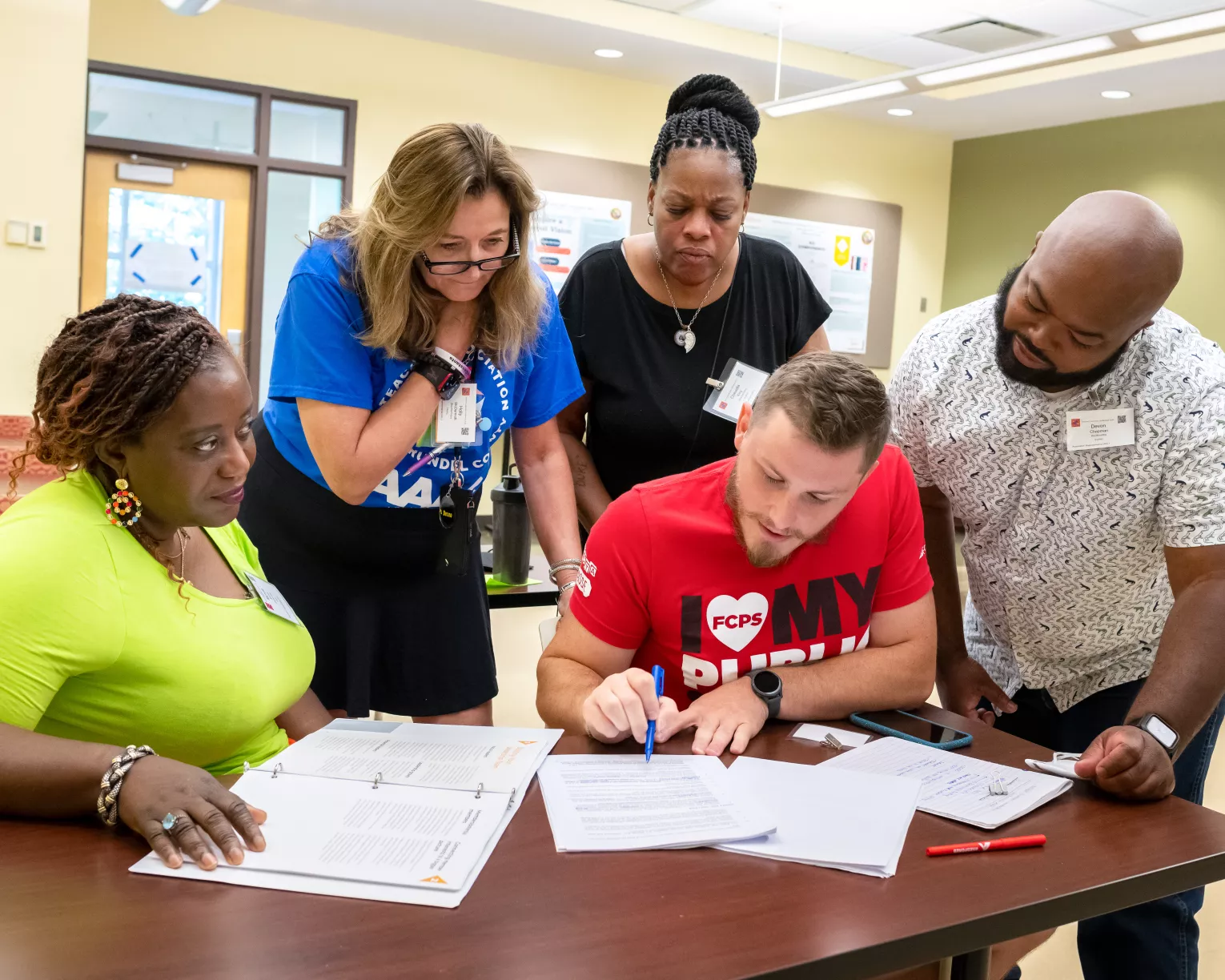
Five Steps to Kickstarting Community Schools in your District
Community-Centered Transformation
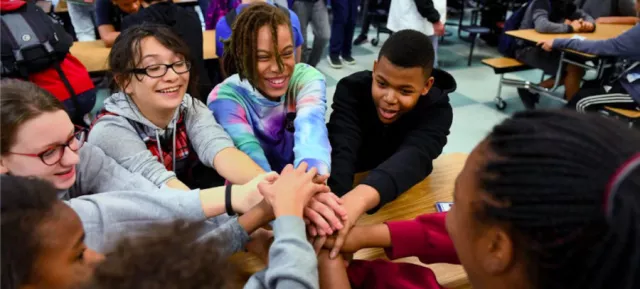
Remove Barriers to Learning

Mental Health Support

Aligning Partners to Provide Solutions

Prepare for Crises like COVID-19
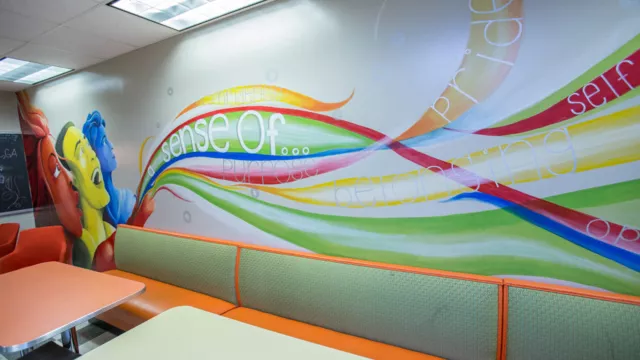
A “Home Away from Home”
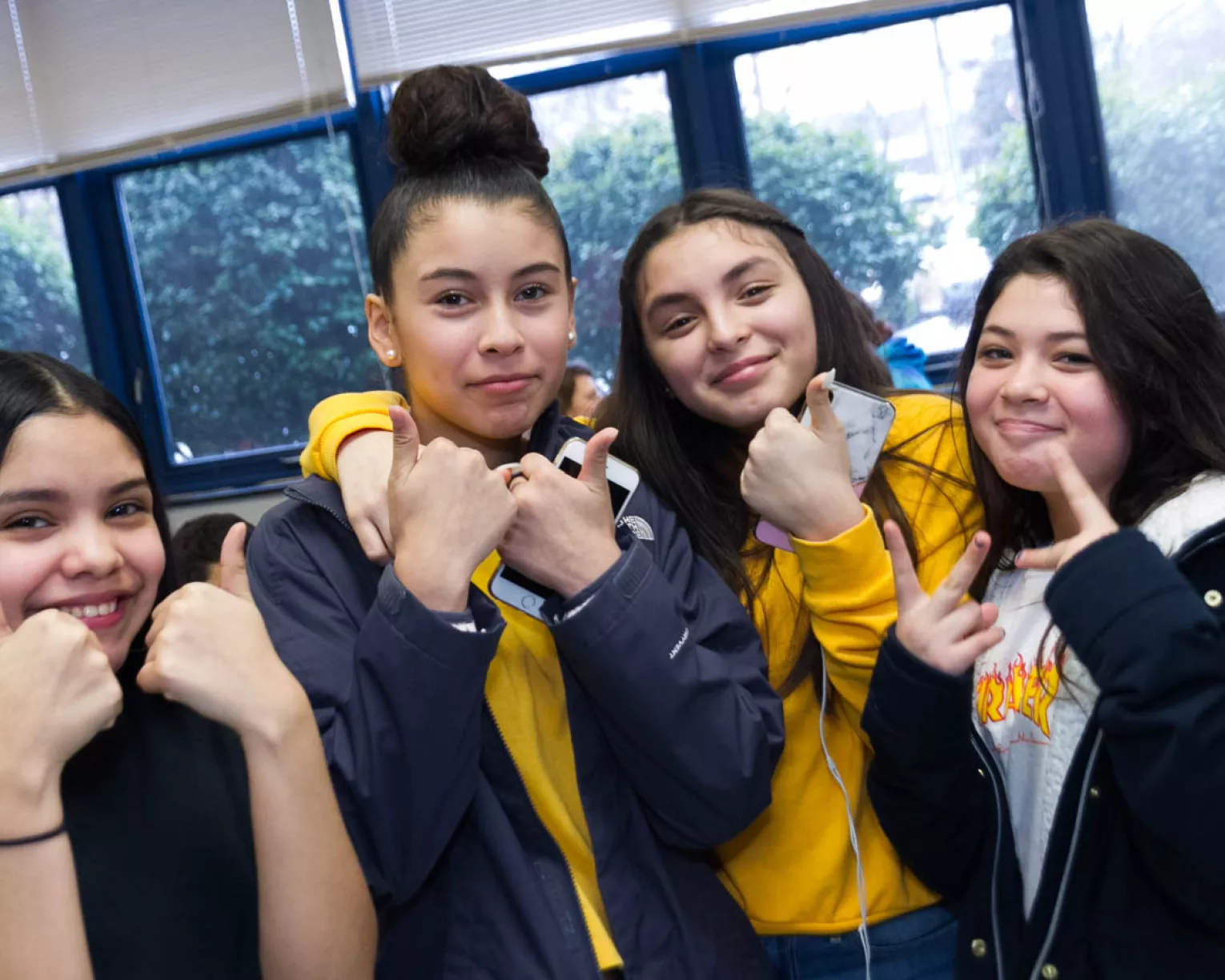
What are Community Schools?
Spearheading the Community Schools Movement
Number of Schools: Hundreds
Number of States: 39
Number of Schools: Thousands
More Funding
How to use the map:
-
Hover over an icon to see a window more information about any story on the map. (The map works besr on desktop and hover is not available on mobile devices.)
-
Click the “Open Story” button in the window to open up a new tab where you can read the full story. Most stories are originally located on media and partner websites!
-
Zoom in using the + and - signs in the upper righthand corner of the map. Locations are approximate to city and state, and some stories mention more than one location.
-
Filter stories using the dropdown options on the left side of the map.

